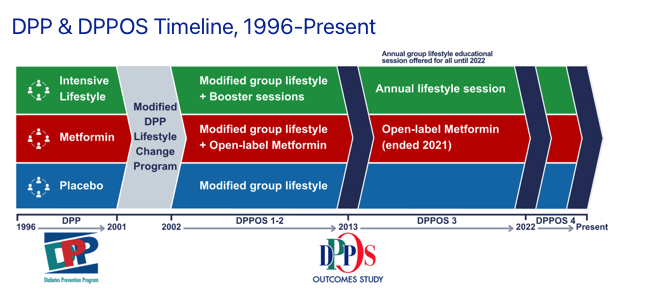How does Object-Oriented Design fit into N-Layered Architecture?
Normally an N-Layered application is structured as follows. User Interface layer Business Logic Layer Data Access Layer DAL contains objects (data containers) representing business entities. The BLL contains classes that contain behavior related to these objects. In Object-Oriented Design, data/state and behavior of an object often appear in the same object, but it doesn't seem like N-Layered Architecture allows this without introducing some complexity. What place does OOD have in such an architecture (one of the most commonly used architectures in the world)?
Normally an N-Layered application is structured as follows.
- User Interface layer
- Business Logic Layer
- Data Access Layer
DAL contains objects (data containers) representing business entities. The BLL contains classes that contain behavior related to these objects.
In Object-Oriented Design, data/state and behavior of an object often appear in the same object, but it doesn't seem like N-Layered Architecture allows this without introducing some complexity.
What place does OOD have in such an architecture (one of the most commonly used architectures in the world)?











![[The AI Show Episode 142]: ChatGPT’s New Image Generator, Studio Ghibli Craze and Backlash, Gemini 2.5, OpenAI Academy, 4o Updates, Vibe Marketing & xAI Acquires X](https://www.marketingaiinstitute.com/hubfs/ep%20142%20cover.png)

























/https://tf-cmsv2-smithsonianmag-media.s3.amazonaws.com/filer_public/76/04/7604f174-2171-4526-ab80-663c49cb0c84/coffee_opener.jpg?#)








































